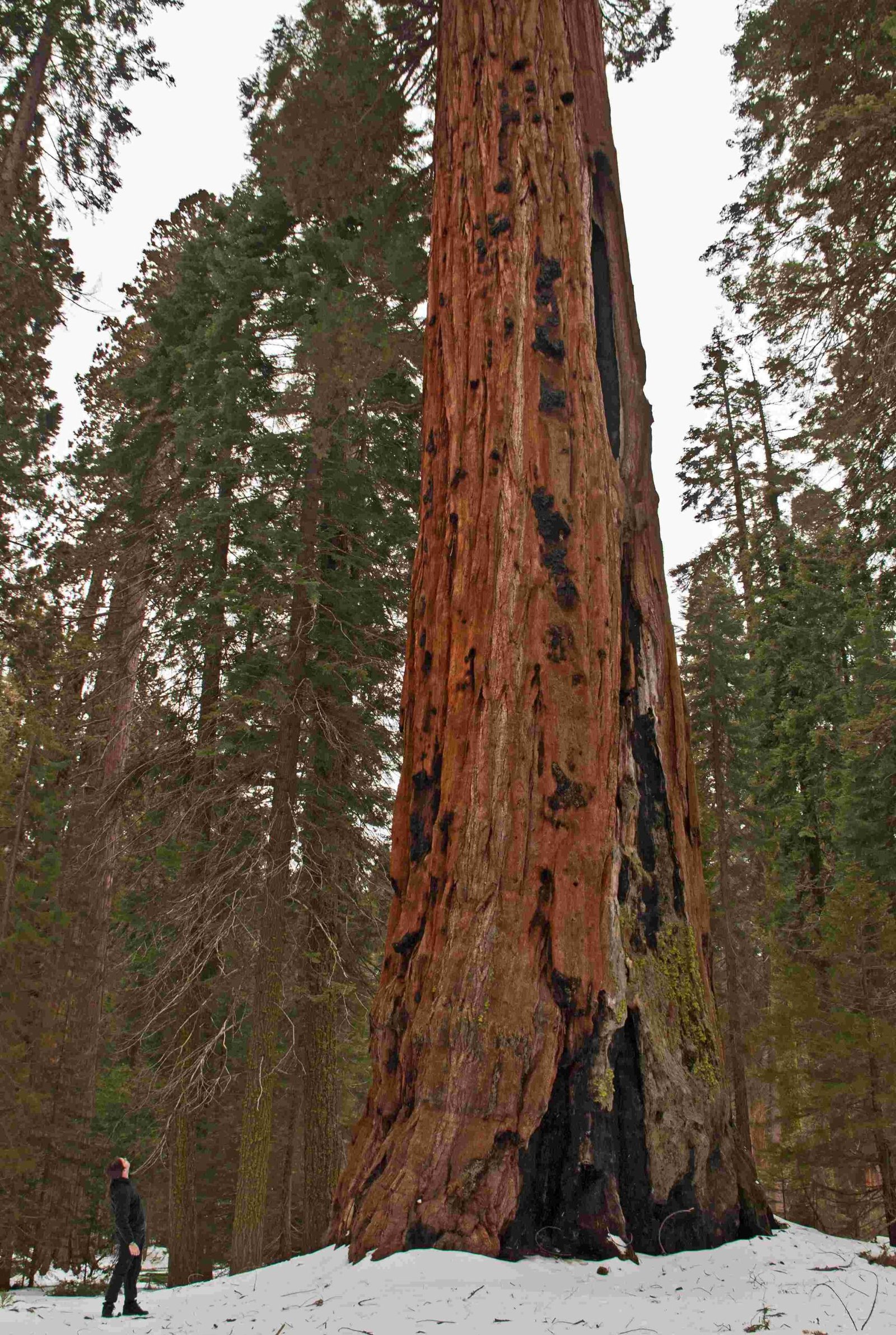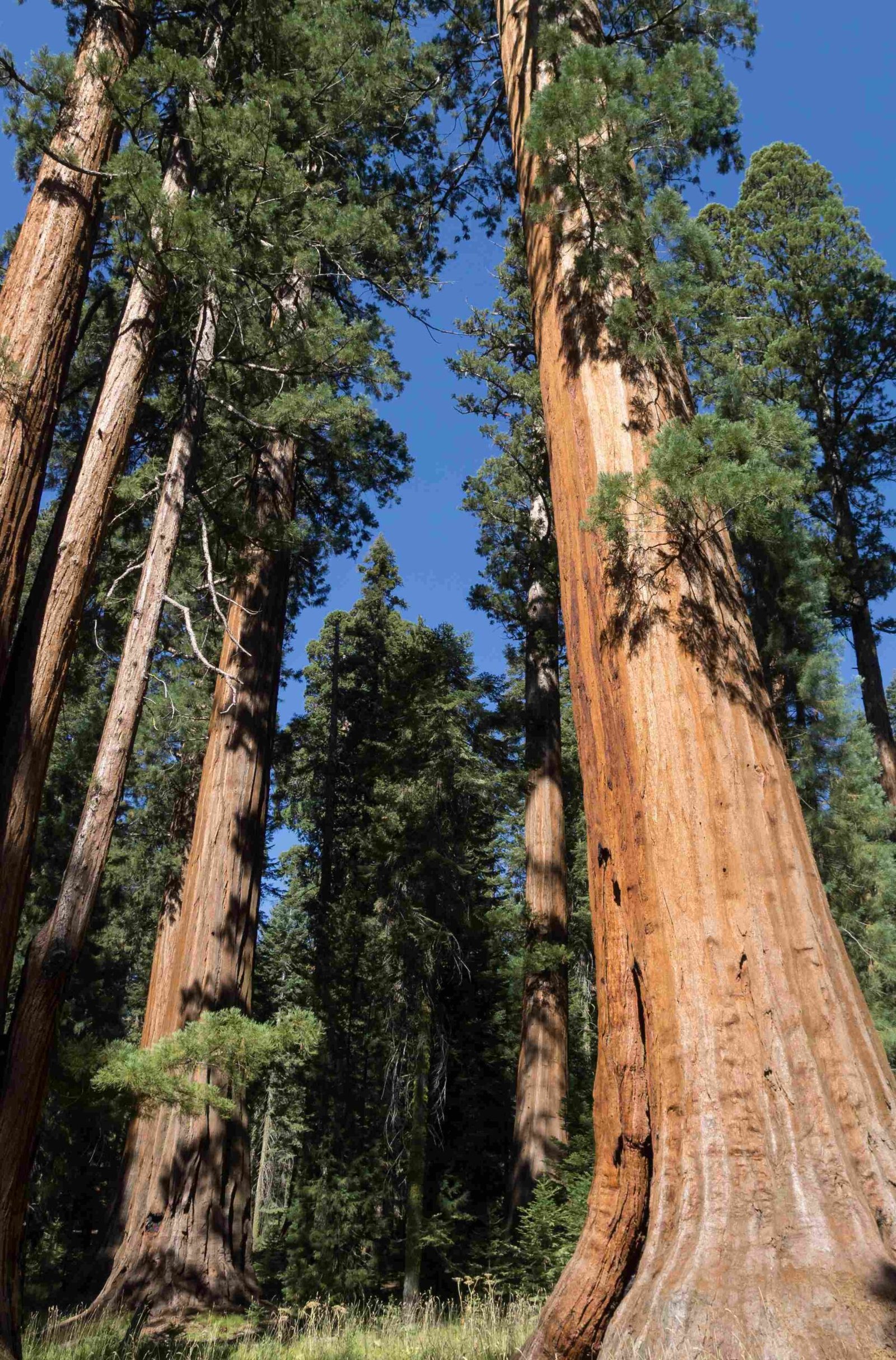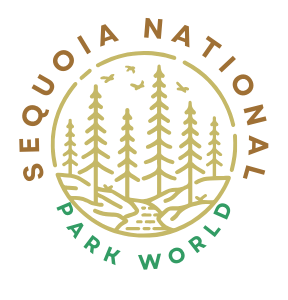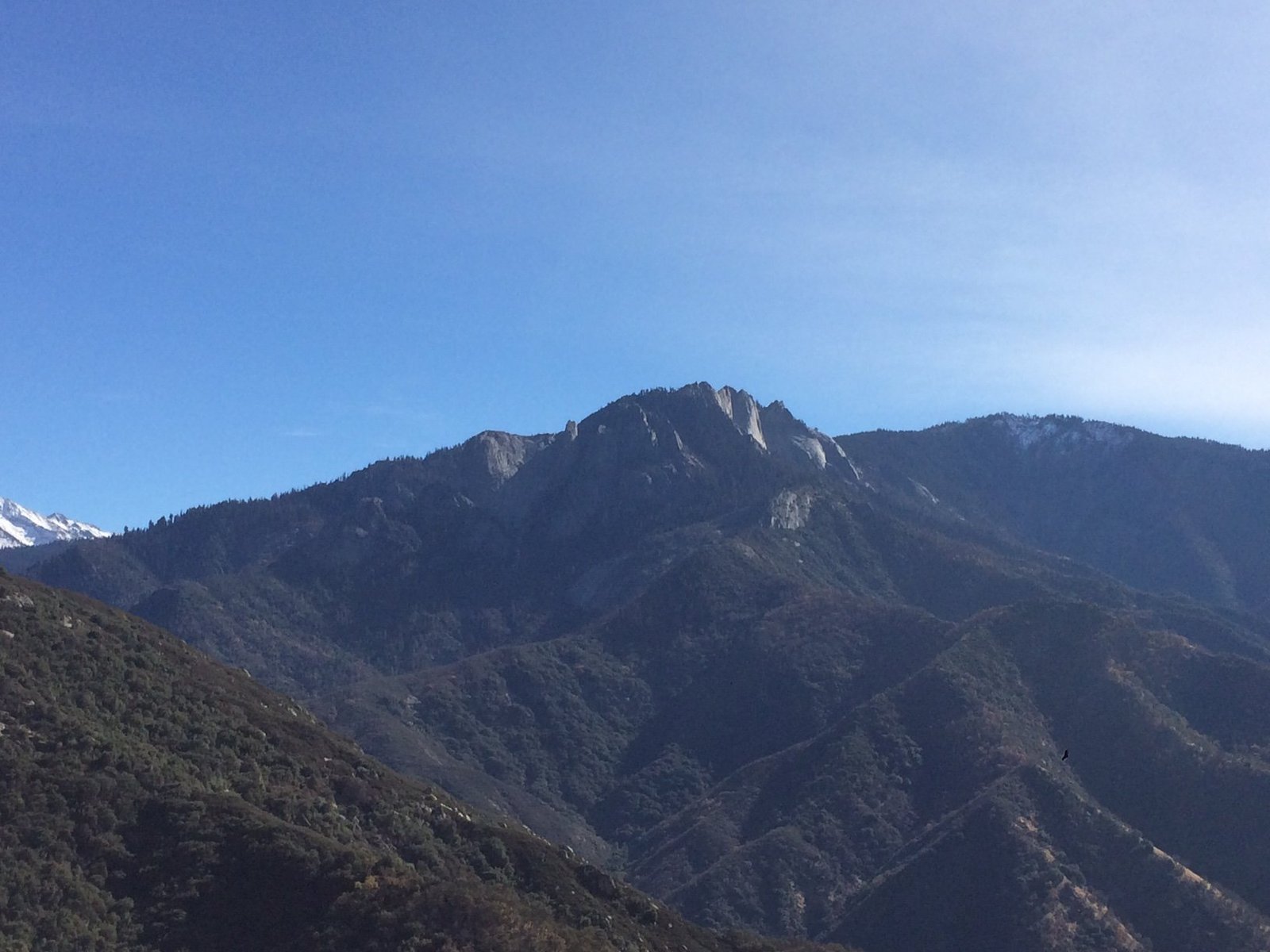Lost Lake in Sequoia National Park is a serene alpine lake nestled within the stunning Sierra Nevada mountains. While not as well-known as some other attractions in the park, Lost Lake offers visitors a chance to experience pristine wilderness, challenging hiking trails, and opportunities for camping and fishing. This hidden gem provides a perfect escape for those seeking solitude and natural beauty in one of America’s most iconic national parks.
What is the Location of Lost Lake in Sequoia National Park?

Lost Lake is situated in the backcountry of Sequoia National Park, part of the larger Sequoia and Kings Canyon National Parks complex. While the exact location may vary depending on the specific trail or route taken, it’s generally accessed through one of several trailheads in the park. Some potential starting points include:
- Lodgepole Campground
- Big Meadow Trailhead
- Rowell Meadow Trailhead
- Marvin Pass Trailhead
It’s important to note that reaching Lost Lake typically requires a multi-day backpacking trip, as it’s located deep within the wilderness area of the park.
How Difficult is the Hike to Lost Lake?

The hike to Lost Lake is generally considered moderate to challenging, depending on the route taken and the hiker’s experience level. Here are some key factors to consider:
- Distance: The total round-trip distance can vary but is typically between 15-20 miles.
- Elevation gain: Expect significant elevation changes, potentially 2,000-3,000 feet or more.
- Terrain: The trail includes a mix of forested areas, rocky sections, and potentially some stream crossings.
- Duration: Most hikers plan for a 2-3 day round-trip journey.
It’s crucial to be well-prepared with proper gear, plenty of water, and a good understanding of wilderness navigation before attempting this hike.
What Are the Camping Options Near Lost Lake?
While there aren’t designated campgrounds at Lost Lake itself, backcountry camping is allowed in the area with proper permits. Here’s what you need to know:
- Permits: A wilderness permit is required for all overnight stays in the backcountry of Sequoia and Kings Canyon National Parks.
- Group size: Maximum group size is typically limited to 10 people.
- Campsite selection: Choose sites that are at least 100 feet away from water sources and trails.
- Leave No Trace: Practice Leave No Trace principles to minimize your impact on the environment.
Remember to check current regulations and obtain necessary permits before your trip, as rules may change seasonally or annually.
What Wildlife Might You Encounter at Lost Lake?
The area around Lost Lake is home to a diverse array of wildlife. Visitors might encounter:
- Black bears
- Mule deer
- Various bird species (e.g., Clark’s nutcracker, Steller’s jay)
- Small mammals (e.g., marmots, pikas)
- Potentially mountain lions (though sightings are rare)
Always practice proper food storage techniques and maintain a safe distance from wildlife to protect both yourself and the animals.
Is Fishing Allowed at Lost Lake?
Fishing is generally allowed in the backcountry lakes of Sequoia National Park, including Lost Lake, but there are important regulations to follow:
- Licenses: A valid California fishing license is required for anyone 16 years or older.
- Catch limits: Specific limits vary by species and location, so check current regulations.
- Gear restrictions: In some areas, only artificial lures with barbless hooks are allowed.
- Seasons: Fishing seasons may vary, so confirm open dates before your trip.
Remember to practice catch-and-release whenever possible to help preserve the delicate ecosystem.
What Should You Pack for a Trip to Lost Lake?
Proper preparation is crucial for a safe and enjoyable trip to Lost Lake. Here’s a basic packing list:
- Backpack (50-65 liters)
- Tent
- Sleeping bag (rated for low temperatures)
- Sleeping pad
- Water filter or purification system
- Stove and fuel
- Food (lightweight, high-energy options)
- First aid kit
- Navigation tools (map, compass, GPS)
- Headlamp or flashlight
- Sun protection (hat, sunscreen, sunglasses)
- Insect repellent
- Warm layers (including rain gear)
- Sturdy hiking boots
- Trekking poles (optional but recommended)
Adjust this list based on the season and your specific needs.
How Can You Minimize Your Environmental Impact at Lost Lake?
Preserving the pristine nature of Lost Lake and its surroundings is crucial. Follow these guidelines:
- Stay on designated trails to prevent erosion and protect vegetation.
- Pack out all trash, including food scraps.
- Use established campsites when possible to minimize impact on new areas.
- Properly store food to avoid attracting wildlife.
- Use biodegradable soap and wash at least 200 feet away from water sources.
- Bury human waste in catholes at least 6-8 inches deep and 200 feet from water sources.
- Respect quiet hours and wildlife by keeping noise to a minimum.
By following these principles, we can ensure that Lost Lake remains a beautiful and unspoiled destination for future generations.
What is the Best Time of Year to Visit Lost Lake?
The optimal time to visit Lost Lake depends on your preferences and experience level:
- Summer (July-September): This is the most popular time, with warmer temperatures and generally clear trails. However, it can be crowded and mosquitoes can be a nuisance.
- Late Spring/Early Fall: These shoulder seasons offer fewer crowds and beautiful scenery, but be prepared for potential snow at higher elevations.
- Winter: Only recommended for experienced winter backcountry travelers. Snowshoes or skis may be necessary, and avalanche awareness is crucial.
Always check current conditions and weather forecasts before your trip, regardless of the season.
How Can You Obtain Necessary Permits for Lost Lake?
To visit Lost Lake, you’ll need to obtain a wilderness permit. Here’s how:
- Visit the Sequoia and Kings Canyon National Parks website or recreation.gov.
- Select your desired entry trailhead and dates.
- Check permit availability and make a reservation (recommended during peak season).
- Pick up your permit at the designated ranger station before your trip.
Remember that permit quotas are in place to protect the wilderness, so be flexible with your dates if possible.
By following these guidelines and properly preparing for your journey, a trip to Lost Lake in Sequoia National Park can be an unforgettable adventure in one of America’s most beautiful wilderness areas.
References:
1. Sequoia & Kings Canyon National Parks Trail Descriptions
2. U.S. National Park Service – Sequoia and Kings Canyon

